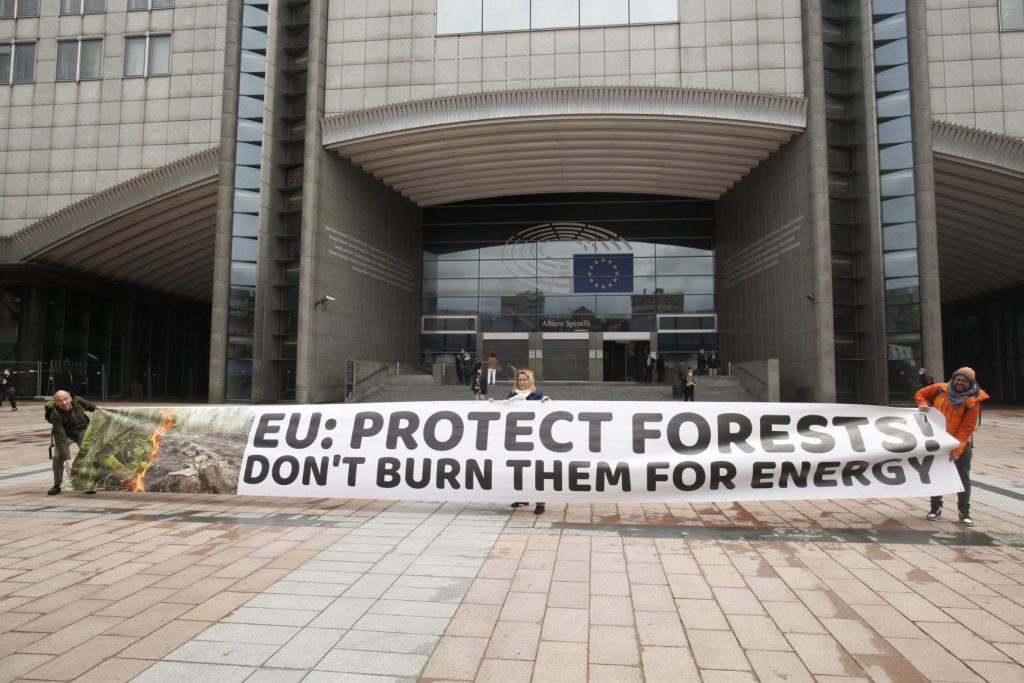
This story came up quickly, was reported in a morning and afternoon, and posted the following morning — thanks to my tireless editor Glenn Scherer. Initially, I was given a heads up that one study would be released late Wednesday night (Oct. 13, 2021) and Glenn gave me the greenlight to pursue it. When I contacted a source at the National Resources Defense Council (NRDC), Sasha Stashwick, about connecting me with a British House of Lords member with a strong position on biomass burning in the United Kingdom, she let me know that NRDC had also released a biomass-related study with similar research metrics. I combined the two studies into one story.
Another source overseas, Almuth Earnsting with Biofuelwatch, brought to my attention the quick pushback from the wood pellet industry as posted by Biomass Magazine. I made sure we got its criticisms of one of the studies in the story.
The stakes for accuracy in carbon emissions accounting continue to rise higher and higher, especially as the 26th United Nations climate summit looms in in Glasgow, Scotland, in early November. NGOs are fairly apoplectic that the issue of burning biomass and the tons of uncounted carbon emissions at the smokestack at former coal-fired plants in the UK and across the European Union, is not an official agenda item as nations finalize the Paris rulebook for implementing fully the 2015 Paris Agreement.
Several NGOs who applied for side events in Glasgow to press their points about biomass were denied permission. They are incensed and believe the host nation — the largest consumer of wood pellets in the world — is eager to downplay the science of biomass carbon accounting and its impact on mature forests in the US, Canada and eastern Europe.
Here’s an excerpt from my story:
With the two-week United Nations COP26 summit starting in Glasgow, Scotland, on Oct. 31, both studies call into question the validity of the 2030 carbon reduction pledges made by three of the world’s largest carbon polluters — the U.S. (with a 50% reduction pledge), U.K. (58%) and E.U. (55%). While these Paris Agreement signatories may meet those goals on paper, nature will know that no such atmospheric emissions cuts have been achieved as wood pellets are burned.
The citizen-supported journalism site WhoWhatWhy republished my story here.
Caption for the graphic above: The existing and proposed wood pellet plants in the US Southeast (yellow and red circles) and the harvest areas of each plant (larger beige circles). Source: Southern Environmental Law Center.

